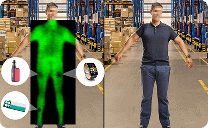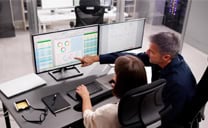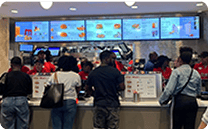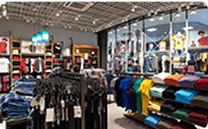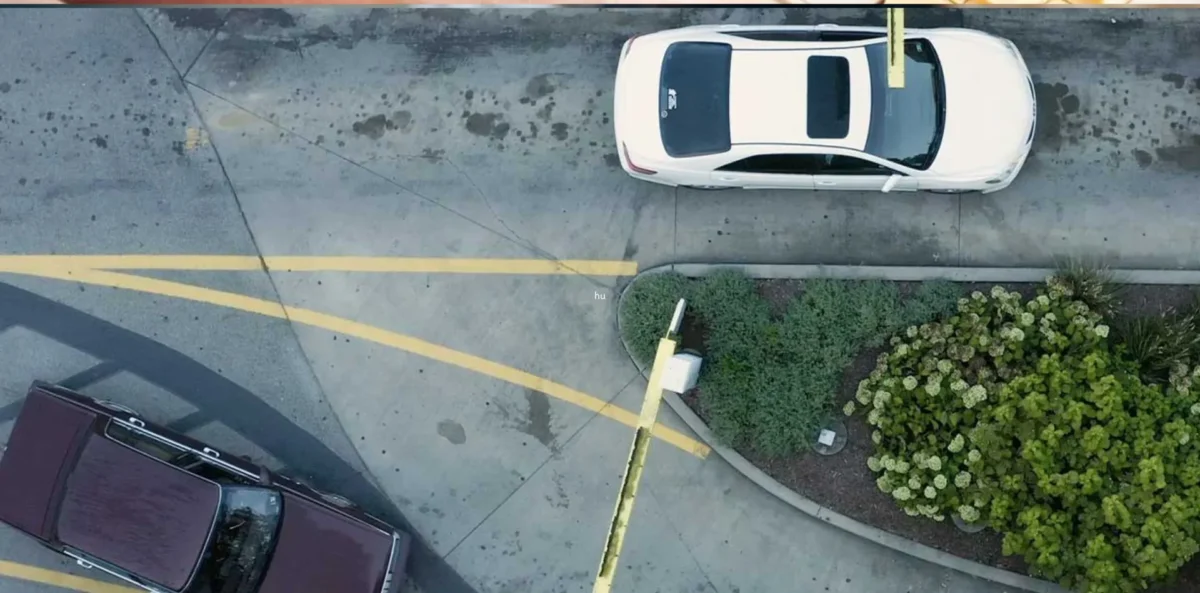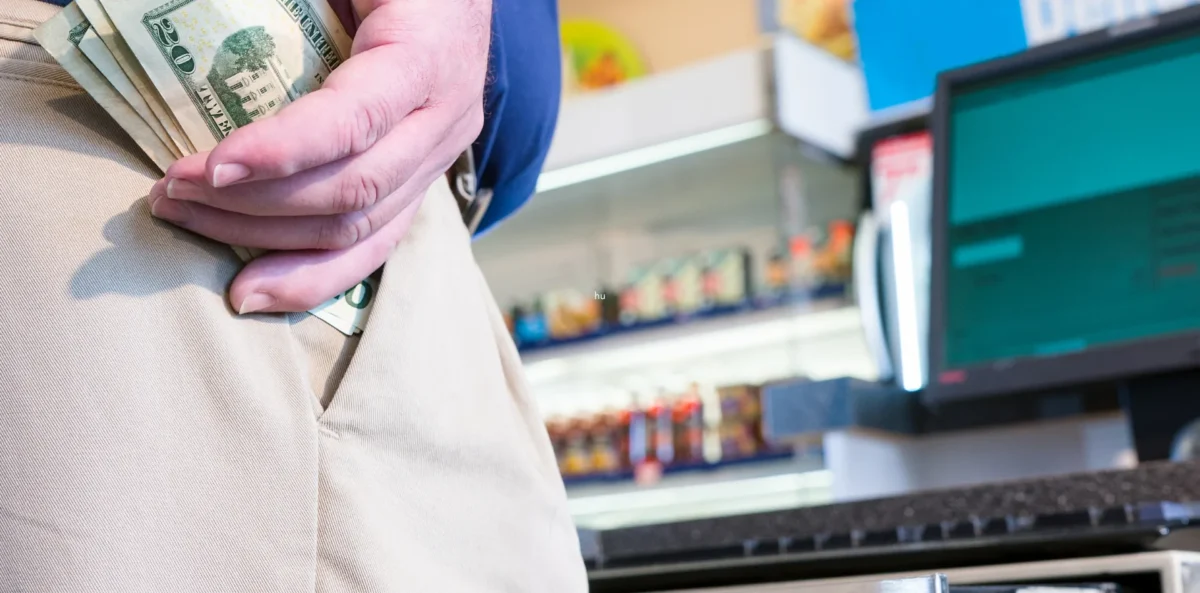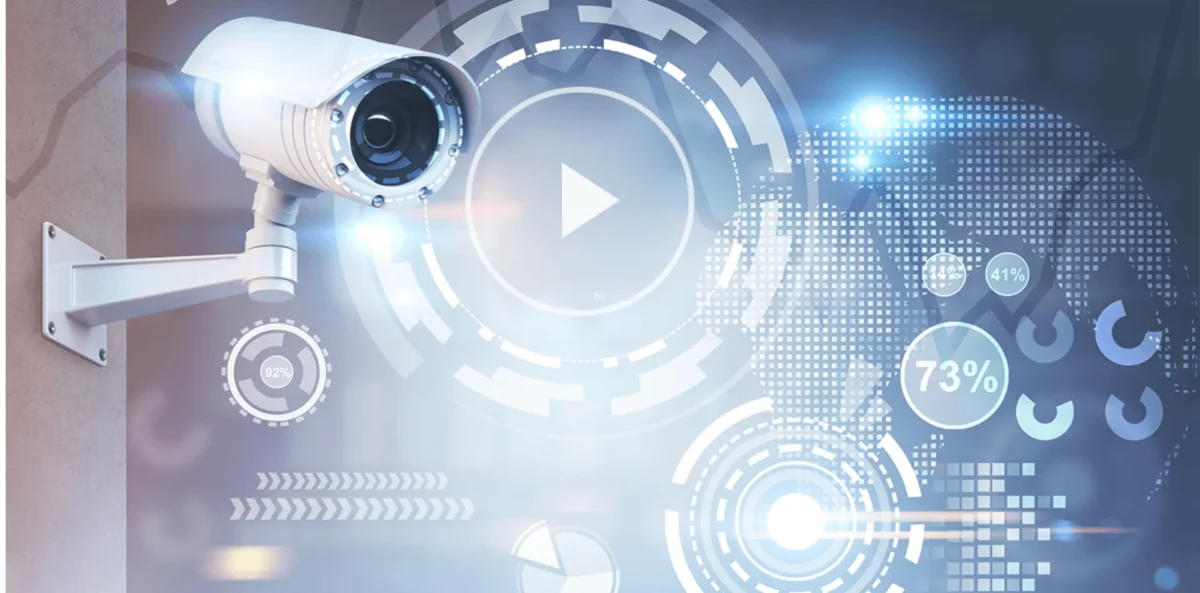How to prevent and manage food delivery chargeback fraud
In This article
You may think of a fraudulent delivery chargeback here, and there is no cause for concern. But over time, chargeback fraud can hurt your profits and potentially affect your restaurant’s reputation. Some chargebacks are simply misunderstandings, but others are a form of intentional theft. Learn more about the various types of delivery chargeback fraud and how to prevent and address delivery chargeback fraud in this guide from DTiQ.
What is chargeback fraud?
When a customer makes an online purchase, they typically use a credit card, and the payment is routed to a merchant through the customer’s bank. A chargeback occurs when a payment is reversed by the customer’s bank, meaning the merchant loses the money.
Chargebacks are legitimate if a customer never received the product they purchased. However, some bad actors commit chargeback fraud by requesting a refund even though they received their items. There are three types of false chargebacks:
- Friendly fraud is when a customer files for a chargeback from their bank on a legitimate transaction instead of trying to obtain a refund from the merchant. A friendly fraud chargeback may be deliberate or unintentional, as a customer may receive a credit card statement and genuinely believe a fraudulent transaction took place.
- Criminal fraud occurs when an individual steals credit card information to purchase goods and services fraudulently.
- Merchant errors are types of errors that can occur because of operational mistakes. For example, a customer might be charged for a subscription that has already been canceled, or the merchant may accidentally issue a duplicate charge.
When a customer disputes a charge that appears on their credit card account, the bank can reverse the charge, meaning the merchant loses the money – even if they’ve already issued goods or services to the purchaser.
Delivery Chargeback Fraud in the Restaurant Industry
Food delivery services have grown exponentially in recent years. While restaurants used to handle food delivery directly, there are now several major third-party applications for online ordering, such as DoorDash, Grubhub, and Uber Eats. McKinsey & Company estimates that the food delivery sector is worth over $150 billion worldwide.
Unfortunately, the proliferation of online ordering has also led to an increase in chargebacks in the restaurant industry. An individual might order a meal online, claim it was never delivered – even if it was – and request a false chargeback. With limited staff and resources, it’s difficult for restaurant owners to dispute chargebacks.
How to Prevent Delivery Chargeback Fraud
Every restaurant deals with disgruntled customers from time to time, so it may not be possible to eliminate chargebacks completely. Taking steps to prevent fraudulent chargebacks is an important part of a comprehensive loss prevention solution. Restaurant owners should implement these strategies to avoid chargeback scams:
Make it easy for customers to contact you
Your restaurant’s contact information should be prominently displayed on your website, customer receipts, and email messages. You want to encourage patrons to contact you directly if they have an issue rather than resorting to their bank. This can help reduce accidental and friendly fraud incidences and provide an opportunity to build customer loyalty.
Concentrate on staff training
Merchant error can result in lost revenue and frustrate your customers. Make sure you’ve provided your staff with thorough training on your point-of-sale (POS) software so they know how to process delivery orders correctly. Always confirm with delivery drivers that the customer received orders. Some delivery services will even take a photo of a curbside drop-off to serve as proof in case of disputes.
Invest in fraud prevention technology
It’s estimated that up to 30% of chargebacks are the result of fraudulent credit card use. Partner with reputable delivery services and use a smart surveillance system that integrates with your POS system and can alert you to suspicious activity.
Implement Loss Prevention Solutions with DTiQ
Because restaurants run on narrow margins, a pattern of delivery chargeback fraud can have a real impact on your bottom line. To protect your business, DTiQ offers sophisticated solutions for restaurants and retail, drawing on intelligent video and advanced analytics.
With mystery shopping and audits, you can improve customer satisfaction and identify areas for employee training and support. To get started with DTiQ, book a demo today.
